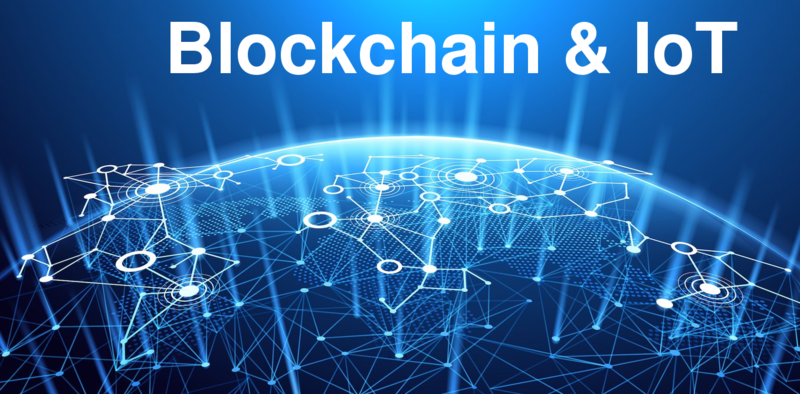
by Uwe Meding
Smart technologies are shaping the future of our cities, businesses, and homes. In particular, businesses are integrating smart systems across the organization on an expanding scale. By and large, this is mostly driven by the need for energy-efficiency and wide-spread adoption of Internet of Things (IoT) platforms.
At the same time, Blockchain technologies have unlocked a world of possibilities in the finance industry. It is now ready to change the IoT world and how we track data. All data communicating across the networks must be appropriately secured. This is more critical than ever before.
Connectivity and Control Often Outweigh Security
One of the biggest concerns for network security engineers is connected devices and systems that cannot protect themselves. Typically, these include
- Aging legacy systems running unpatchable software
- HVAC/Refrigeration system controllers
- Industrial Control Systems (ICS)
- Supervisory control and data acquisition (SCADA) systems
- Remote sensors
- IP cameras
Most organizations maintain a relatively flat Layer 2 network (data link layer). That means security, fire suppression, building access controls, HVAC systems, and other building specific protocols are more often than not in the same flat network as other systems, like human resource (HR) systems or point of sale (POS) systems. Vulnerable devices and machines are the weakest link and can put an entire organization at risk when all devices operate in shared network.
To combat this, network segmentation and device isolation are considered industry best practices. Traditional segmentation tools use virtual local area networks (VLAN) or leverage firewalls, managing certificates, ACLs, VPNs, etc. to accomplish this.
But what about the actual data that is collected and communicated by these devices? We make important decisions based on the information gathered by the remote devices. In the health science industries it is particularly obvious and critical to know that the data is accurate and correct.
Clear provenance
The blockchain, a distributed computing technology that powers Bitcoin and so many other cyrptocurrencies, looks to be the solution. At its heart, the blockchain produces an indelible, tamper-proof ledger. This new type of record-keeping has been heralded as an efficiency that will transform many industries like shipping, insurance, utilities etc.
The technology enables the remote IoT systems (and intermediate systems like routers and aggregators) to replace certification processes with a blockchain ledger. Entries on the digital record can include dozens of attributes for each piece of data, like certificates, check sums, origination, etc. The process involves using scanning tools to access a “digital vault” and determine the provenance of any data set.
The data can be tracked using hidden codes added to it by the IoT systems, allowing anyone to consult a blockchain to see where the data originated and how it was distributed.
Looking beyond the hype
All this hints at the sweeping way blockchain technology will change how data is moved around the internet. For instance, the government of Singapore is focusing on this and much larger initiatives like global trade. It is building blockchain tools that, if adopted by data producers and merchants, will be part of a new digital trade corridor for commodities. The effort promises faster, more secure digital supply chains and consumer confidence.
In this way they are seeking to reduce costs through increased operational efficiency and streamlined processes across IT, maintenance, facilities, distribution, and more.






Leave a Reply
You must be logged in to post a comment.